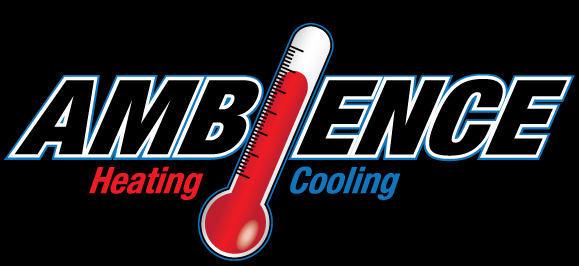Everyone’s always looking to save money on their utility bills, but it turns out there’s a way to do it when you aren’t even home.
It starts with your thermostat. By making the most out of your thermostat, you can help the thermostat plan for your preferred temperatures. That means you can have different temperature settings for when you’re at home, away or even when you’re asleep.
With a few simple adjustments, you have more time to enjoy pleasant temperatures while keeping more money in your pocket. Take a look at a few ways your thermostat can save you money in the summer:
While at Home
Whenever you’re at home, you want a nice range of pleasant temperatures. It’s only natural to want your thermostat lower in the summer if you’re indoors to make the most of the cool air.
But the ideal temperature for the summer is actually around 78 and 80 degrees Fahrenheit. With this adjustment, you’ll keep cool while still keeping your energy bills low.
While Out of the House
If you’re setting the temperature for when you are out of the house in summer, the majority of homeowners will set the thermostat higher than you would if you were in the house.
For some homes, you can set the thermostat to higher temperatures like 88 degrees while no one is home and then lower it back to the sweet spot of 78-80 degrees after you return. This way, your air conditioning system isn’t working around the clock to keep an empty house cool.
While Asleep
To enjoy a good night’s sleep during the summer, you want your thermostat set at a comfortable temperature. You should try and keep things between 68-72 degrees Fahrenheit. This will keep you from getting too hot or too cold when you are trying to get some rest.
Additional Ways to Reduce Energy Use:
- Install a smart thermostat: Trying a smart thermostat in the summer is an excellent way to reduce energy costs as it forms temperature schedules according to your lifestyle and personal preferences. They can lower the temperature while you are home or sleeping, before allowing it to get a little warmer when the house is empty. Using reputed brands and models such as the Lennox iComfort, you have the ability to remotely access and change the temperature through your smartphone, tablet or laptop. Scheduling smart thermostat installation in your Wilmington home is an effortless way to set the correct temperature whether you’re at home or across the country.
- Update your existing HVAC system: A new HVAC system saves money right from the start. By investing in a more energy-efficient system, you can also count on lower utility bills since more efficient equipment requires less energy to heat and cool your home. Air conditioning installation in Wilmington is a great way to beat the heat in the summer.
- Stay on top of routine AC maintenance: Whether or not you keep up with regular air conditioning maintenance in Wilmington can have a serious effect on your total monthly energy use. By regularly cleaning the coils, checking for damage and keeping vents clear of dust and debris, you may notice your HVAC system perform better during day-to-day use.. More efficient operation reduces strain on the unit and lowers operational costs, lowering total energy use and eventually the total monthly bill.
- Clean or replace the air filter on a regular basis: Cleaning or replacing the air filter regularly saves money by helping air flow efficiently through your air conditioner. When filters are clogged with dirt and debris, an AC unit has to work harder, and this greater strain could shorten the system’s life span and lead to breakdowns.
- Verify your attic has enough insulation: Insulation is one of the key components in any energy-efficient home, keeping the hot air outside and the cool air inside over the summer. The North American Insulation Manufacturers Association (NAIMA) suggests that homeowners living in southern climates should install at least 13-14 inches of insulation, while states further north need 16-18 inches.
- Inspect your ductwork: Leaky ductwork can raise your energy bills much more than 20 percent, plus it can also lead to problems with your water heater, clothes dryer and other appliances throughout your home. Checking your ductwork for leaks and sealing them can fix both of those problems.
- Seal all other leaky spots in your home: Finding and sealing any remaining leaks in your home with caulk, foam sealant or weather-stripping helps keep things cooler during those hot summer days. You should also check for any gaps around windows, doors and even outdoor fixtures. Devoting time and effort to sealing leaks now can help you save a lot over time.
